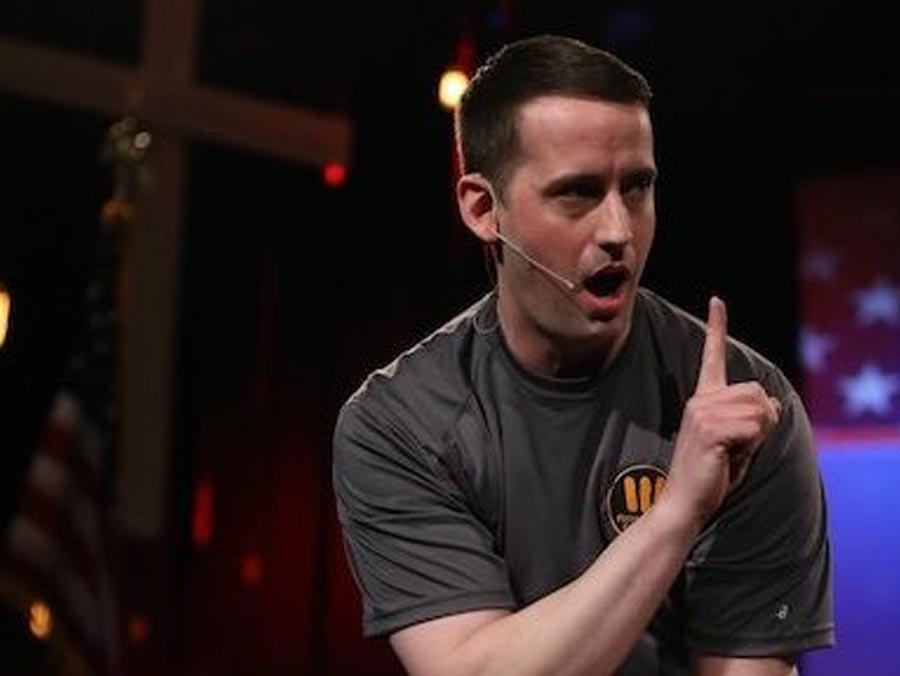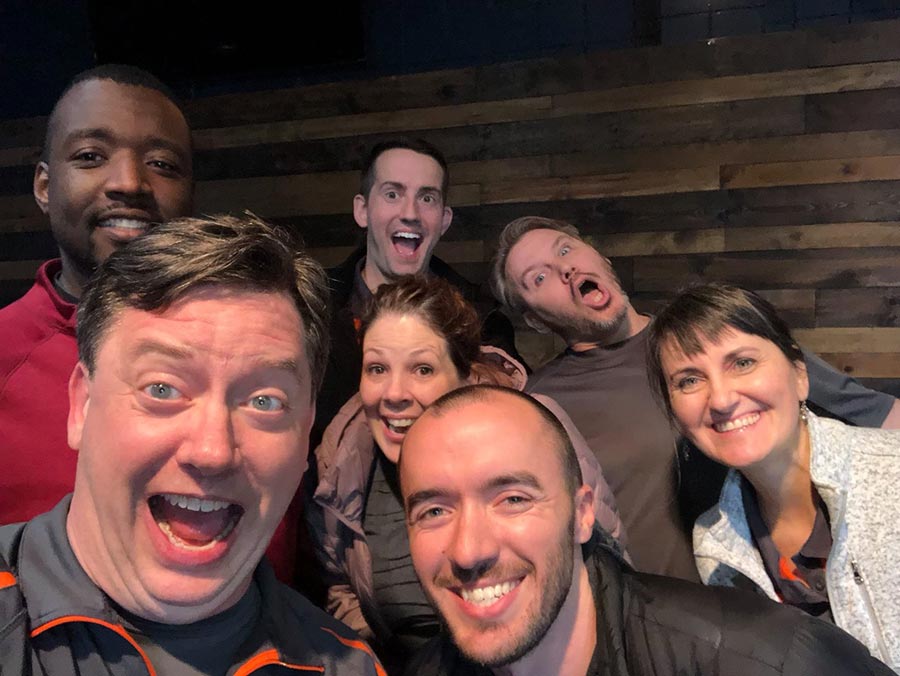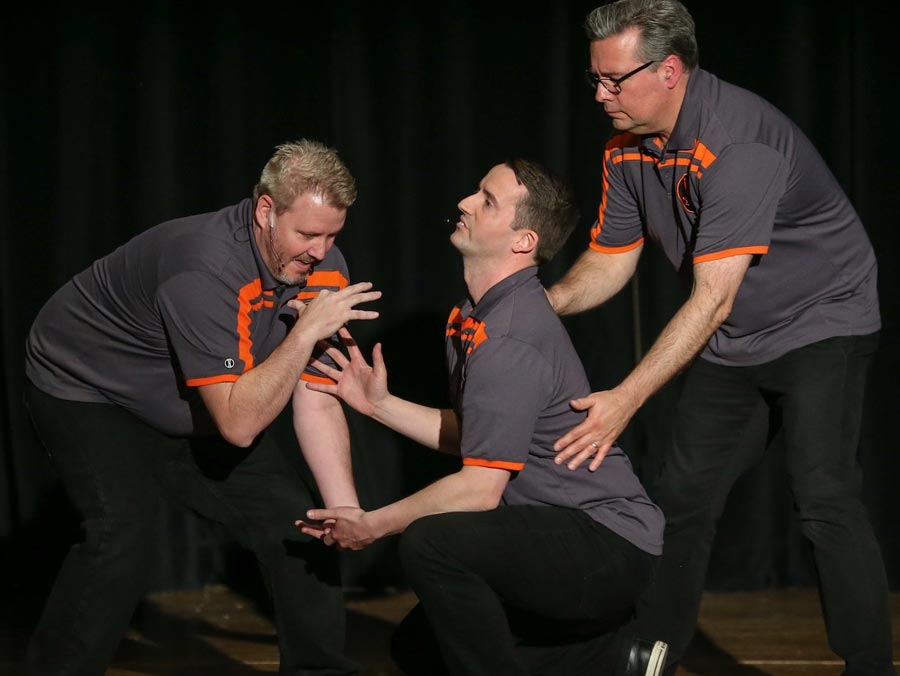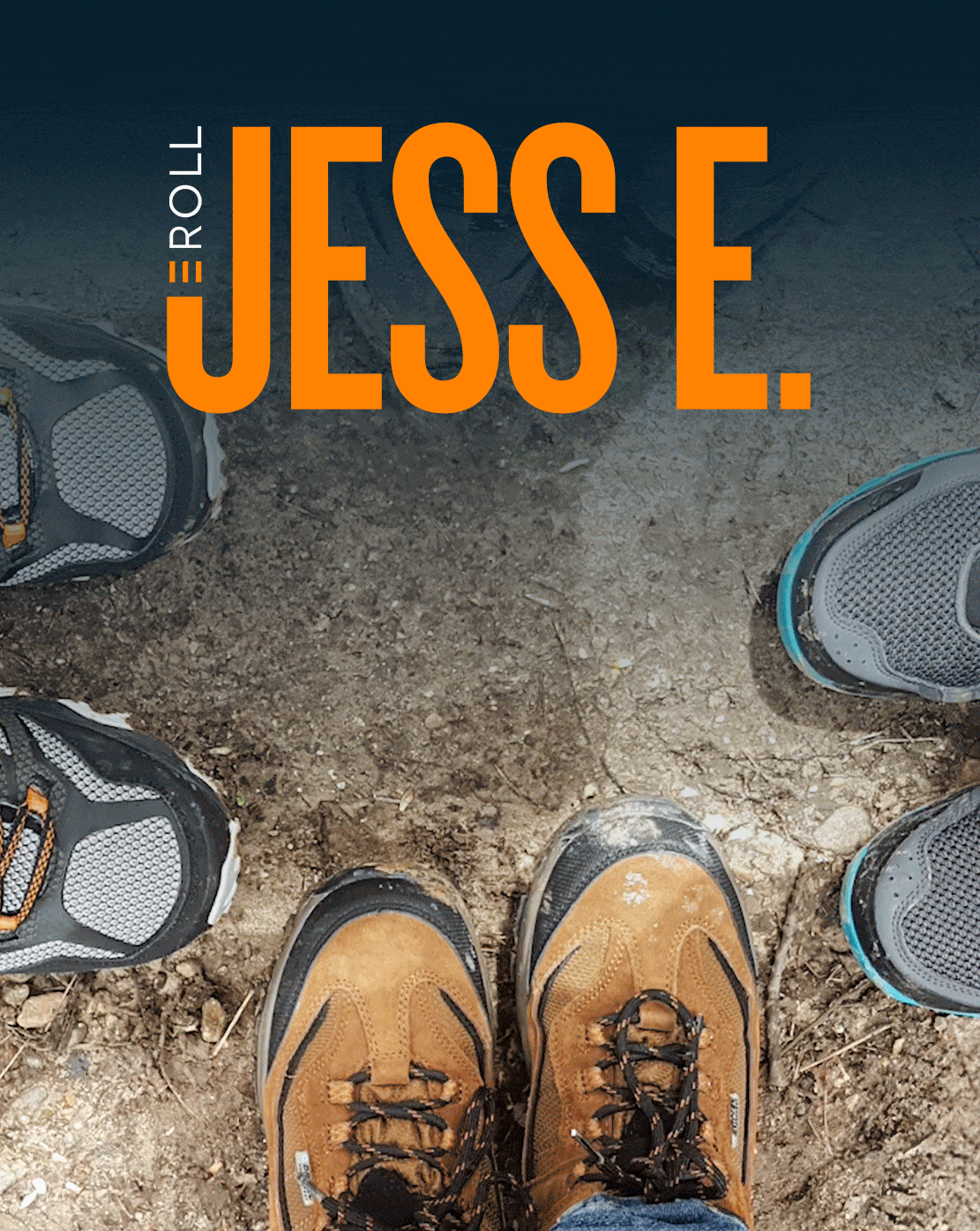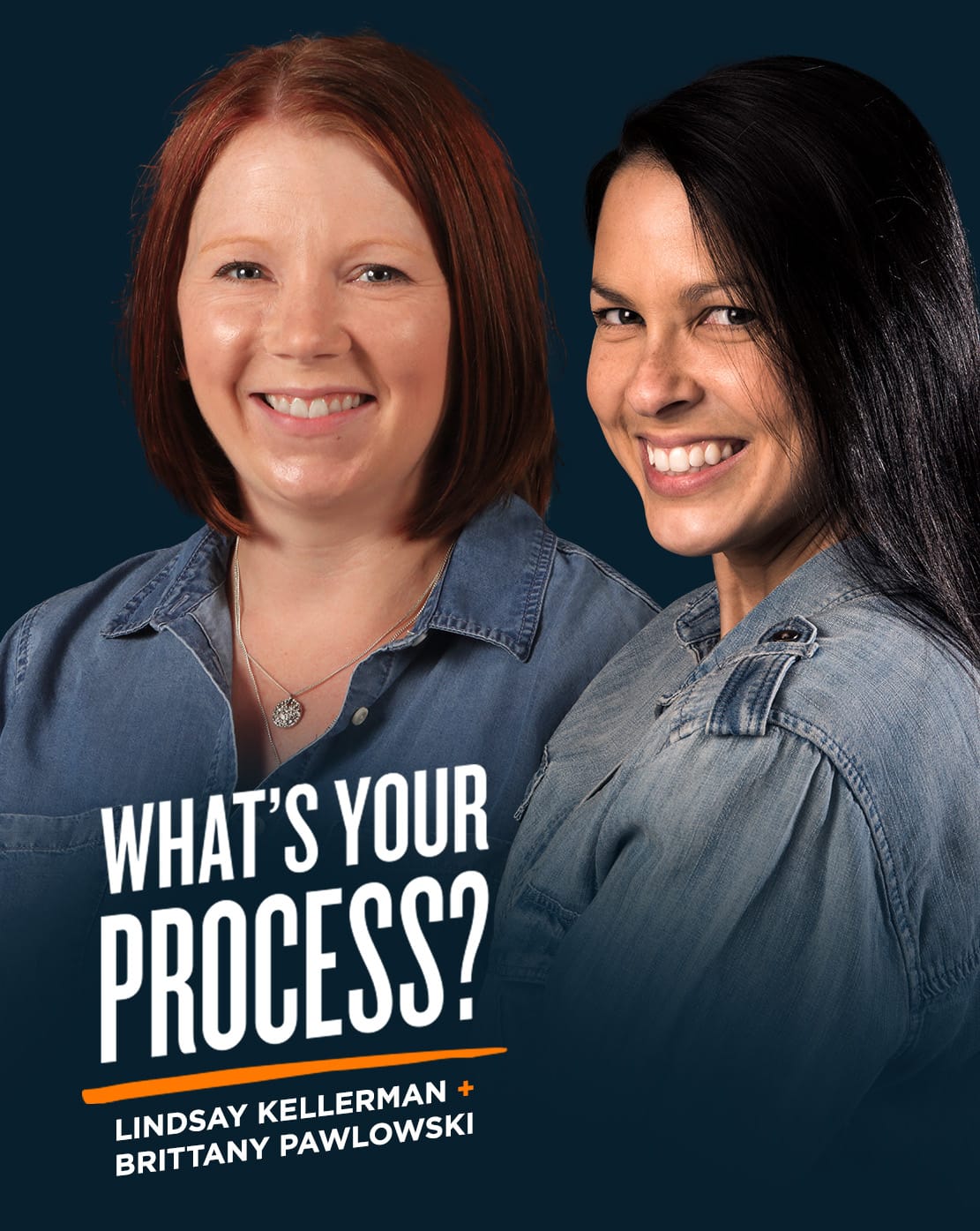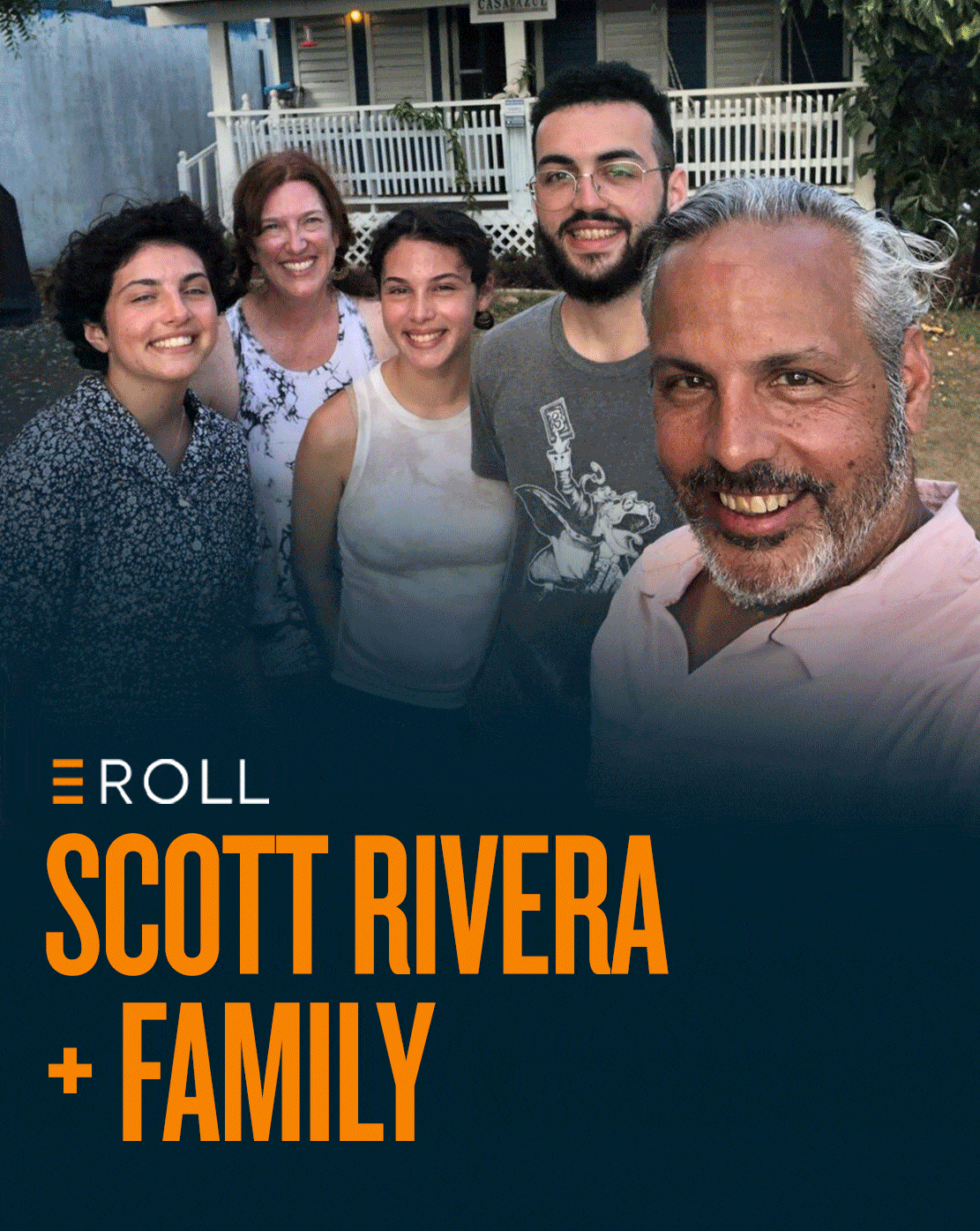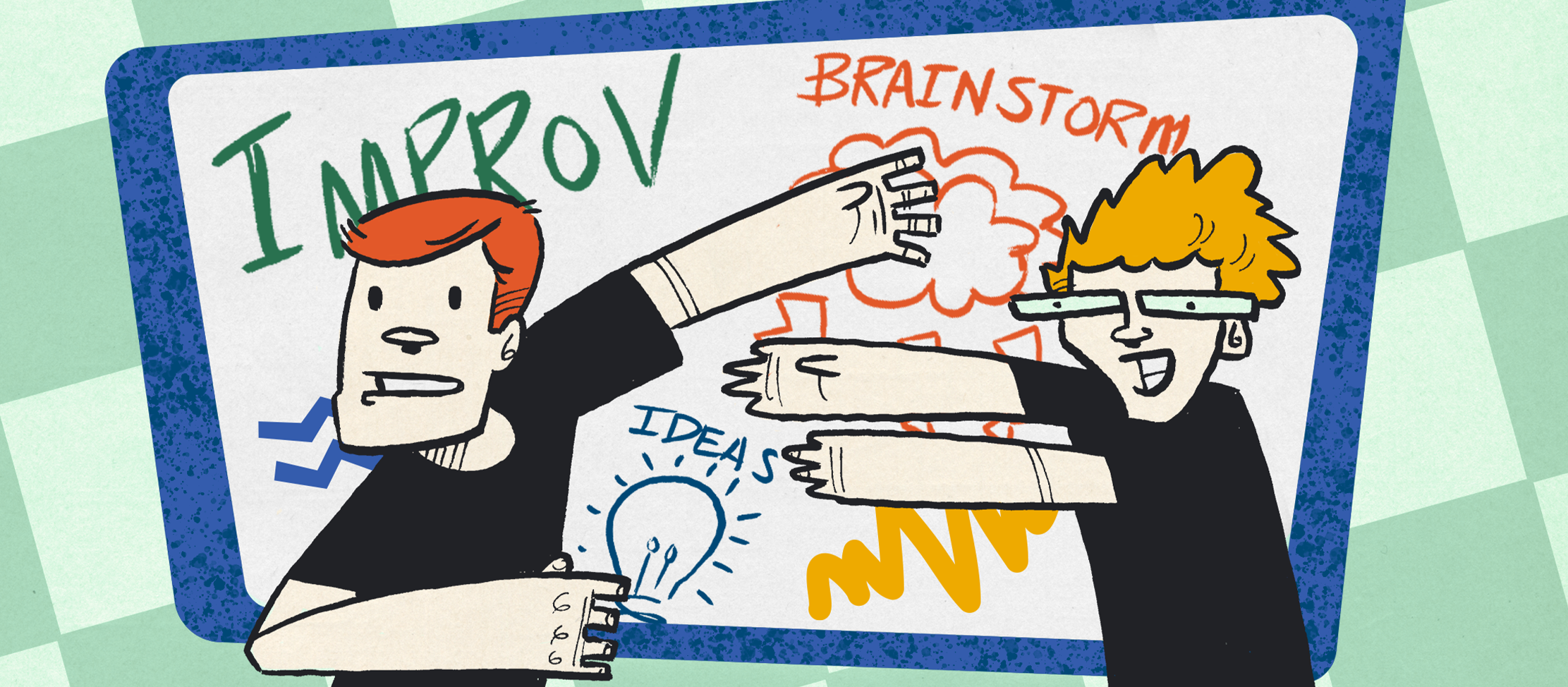
Unlocking The Creative Process With Improv
Listen, Learn, And Laugh a Bit Along The Way
I remember when I saw my first ComedySportz improv show. My brother and I were given tickets for a live performance here in Milwaukee, and we hadn’t seen anything like it. We laughed with tears in our eyes, and it was the first time I truly felt like I found something I was “made for.” I wanted to try it so badly, but I was young, introverted, and in a very difficult season of life. There was a small, sign-up sheet on our table for an upcoming “improv 101” class, and after seeing my joy, my brother wrote my name on the top line. I hesitated at first, but he encouraged me to give it a shot. I had nothing to lose, so I decided to take a leap of faith. I’m so glad that I did.
That was nearly 20 years ago. Since then, improv comedy has become a steady fixture in my life. After performing more than 1,500 professional shows for audiences coast-to-coast with Fish Sticks Comedy, the passion still continues to burn.
Improv is incredibly versatile, and I’ve seen it positively impact my communication skills both personally and professionally.
Improv is incredibly versatile, and I’ve seen it positively impact my communication skills both personally and professionally. Here are four key takeaways from my improv journey that I’ve found are helpful in navigating the creative process:
1. Communication: Know Your Client
This one is important for us as a traveling improv troupe. In the planning and execution of every event, we do our very best to ensure that the client looks good. Our aim is to work with each show host to help bring their vision for their event to life. To do that, we must make time for conversations regarding the overall objective for each event. Our primary role in these discussions is to listen. We provide space for the client to communicate their goals, vision, and purpose for each upcoming event. This helps us better understand the context we will be working within, making it easier to frame our work accordingly.
Once we have those conversations, we can more effectively “be the bridge” that connects our client to the audience. We keep the audience top of mind, and hold the client up as the “star” of the show. “Other-centered improv” is the term our troupe has coined for this approach — a practice of valuing others above ourselves. Doing so adjusts the performance pressure in a way that frees up our creativity while lifting up our business partners in the process. After our events, we also let our clients provide feedback on how we can do better down the road. We’re confident in the work we provide, yet strive to stay humble enough to welcome constructive criticism. It’s all about making connections and bringing people closer together.
“Other-centered improv” is the term our troupe has coined for this approach — a practice of valuing others above ourselves.
Just like in improv, the professional creative process begins with understanding our client’s wishes, connecting with them, earning their trust, and creating regular opportunities for feedback. Then you move forward together as partners to accomplish the goal.
2. Connection: Know Your Audience
One advantage the improviser has is direct audience participation. When we ask for suggestions, pick volunteers, or immediately react to audience feedback, it allows us to establish a closer connection with the crowd. Providing this level of approachability and attention makes them feel included, bringing them along with us as we move throughout the show. Once they’re “in on the joke” with us, any feeling of separation or distance dissipates.
I always encourage newer performers to pay careful attention to their audience: Listen, listen, listen. The audience responds to what they relate to and value. As improvisers, we need to be flexible and always ready to adapt or shift our approach, to meet our audience where they’re at. I’ve found that project goals, desired outcomes, or what we define as a “successful” event will be very hard to attain if we neglect the important work needed to connect to our given audience.
As creative professionals, it’s just as important to apply this practice of effective listening. The message is no good if your audience doesn’t relate to or value it. Strive to remain flexible, willing to adapt your content in order to connect to your audience.
3. Commitment: Know Yourself
Finding your voice is essential to both improv success and the creative process. The uniqueness of your life experiences help shape your ideas, points-of-view, characters, and contributions to the scene. We want that originality to come through, so we encourage our scene partners to take risks and contribute. As a group, we then seek to maintain support while encouraging commitment to the choices we make.
There’s a phrase commonly used in improv that says, “play to the top of your intelligence.” I think of it like this: Aim for the highest-quality content you can provide. Don’t mail it in. Don’t just settle for the easy laugh or low-hanging fruit. Strive to capture the attention of the audience. This can happen a few ways, but it starts with how you present yourself. Have fun, and don’t take yourself too seriously! Joyful laughter is contagious. If you enjoy your work, the audience will notice. When it comes to storytelling or content creation in general, often what pulls the heartstrings is most memorable — content that evokes emotion or speaks to our shared humanity. Qualities like transparency, honesty, realness, and authenticity stay with you over time.
When it comes to storytelling or content creation in general, often what pulls the heartstrings is most memorable — content that evokes emotion or speaks to our shared humanity.
To my fellow creatives, I want to pause and encourage you. It’s been a difficult year and, for me, this has weighed heavily on my ability to successfully create the art I love so dearly. But, here we are, still pressing forward! Keep being authentic. Keep being original. Keep being you. Be confident in what you create, and commit to helping carry your team forward.
4. Collaboration: Trust Your Team
As the saying goes, “if you want to go fast, go alone, but if you want to go far, go together.” Cohesion is a beautiful thing, and trust is essential for it to take root. With my comedy troupe, I know that our collective strength can meet just about any challenge that’s thrown our way. It’s taken a lot of time and effort to form the bond that holds us all together, yet time has also proven our resilience. Before heading into a show or performance, we make a point to let each other know, “I’ve got your back.” It’s a simple expression, but a great reminder.
When we intentionally support and celebrate one another, it builds mutual respect and stronger relationships.
In groups and teams, we can be much more innovative and productive when working together. Whether problem-solving or engaging in creative thinking, we’re more successful when we collaborate. Collaboration provides us with more resources, more input, and a more holistic point-of-view than we would have working on our own. When we intentionally support and celebrate one another, it builds mutual respect and stronger relationships. Lean into the creative talents and shared collective strength you bring as a team.
In the end, regardless of the creative challenge you’re facing—in improv or in business—it’s all about listening, making connections, and bringing people closer together.
Recommended



